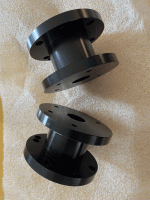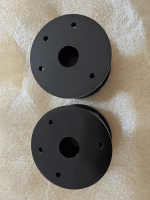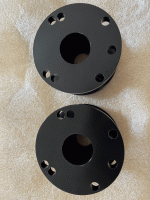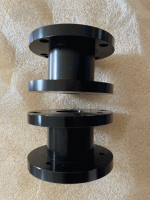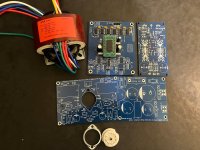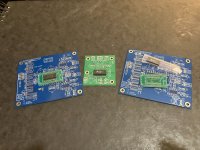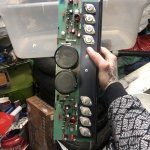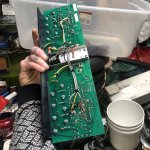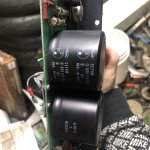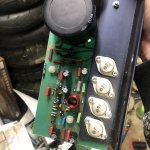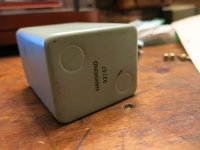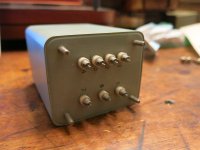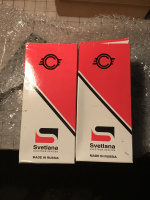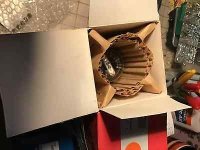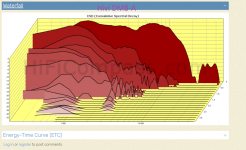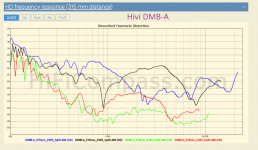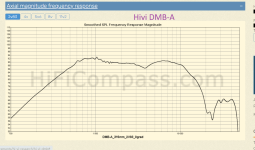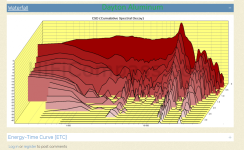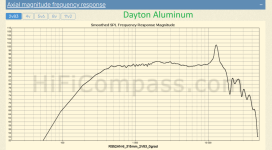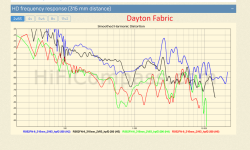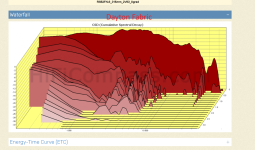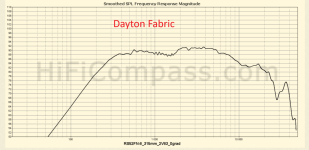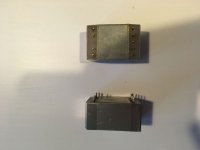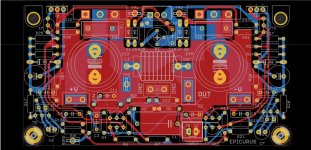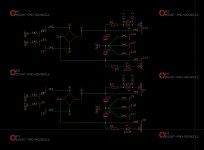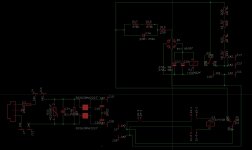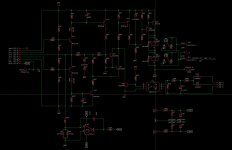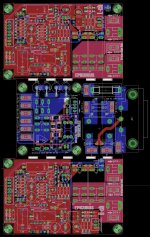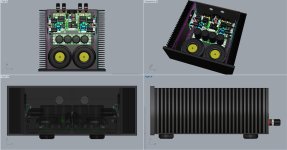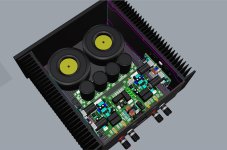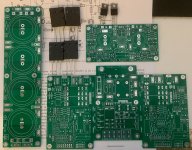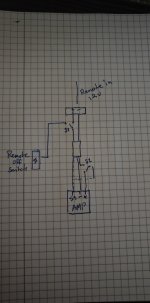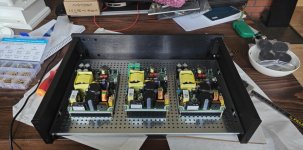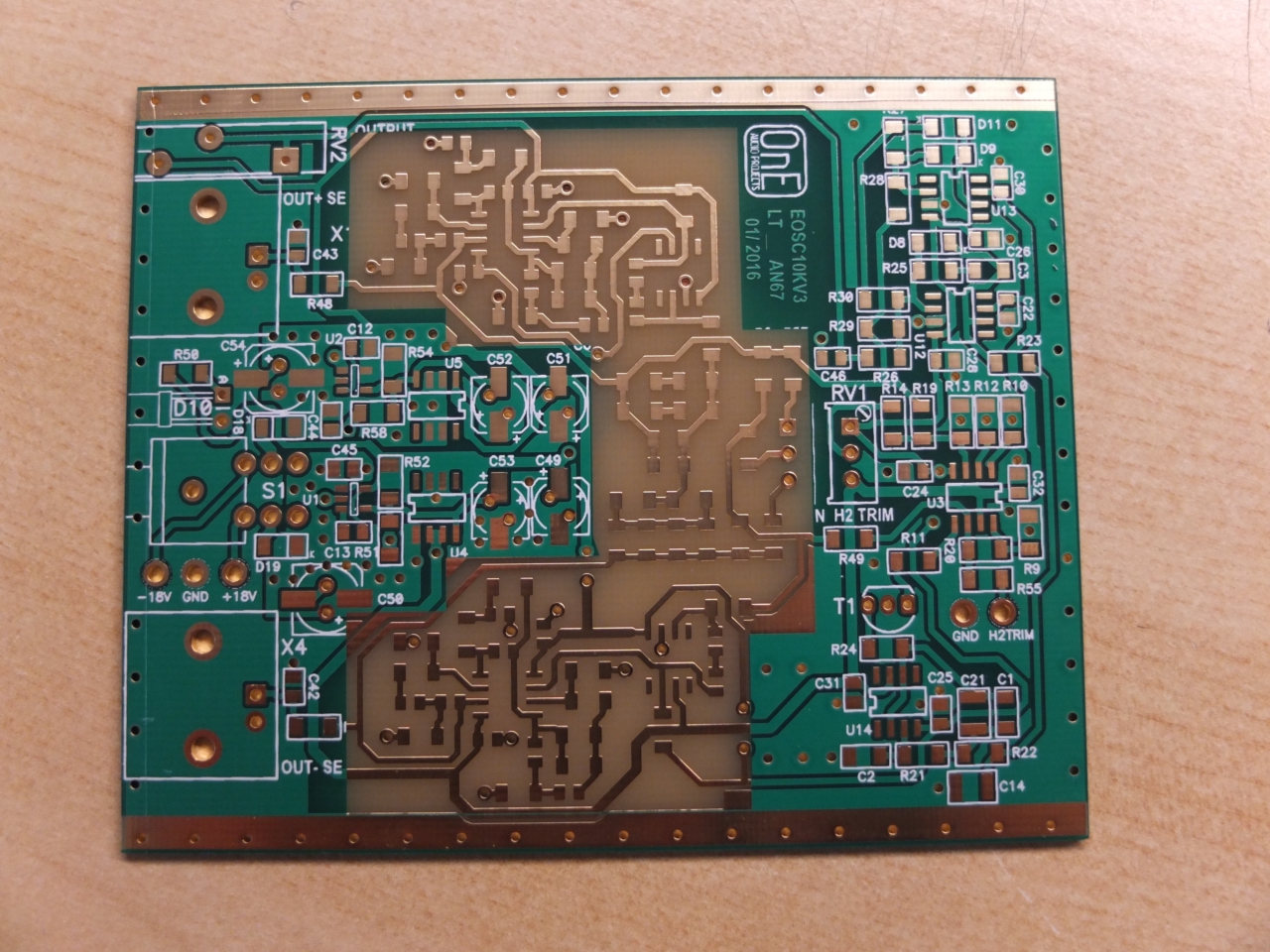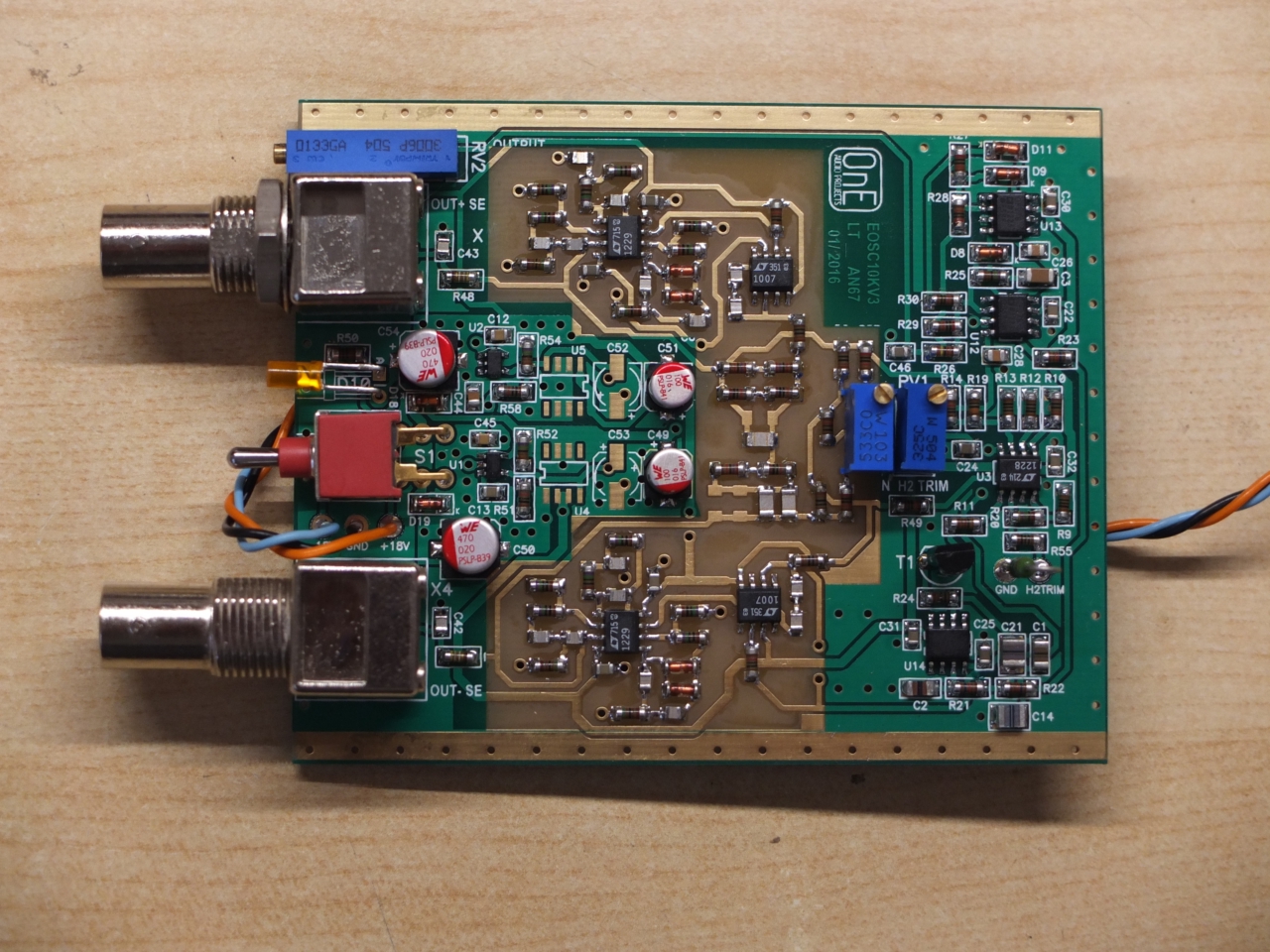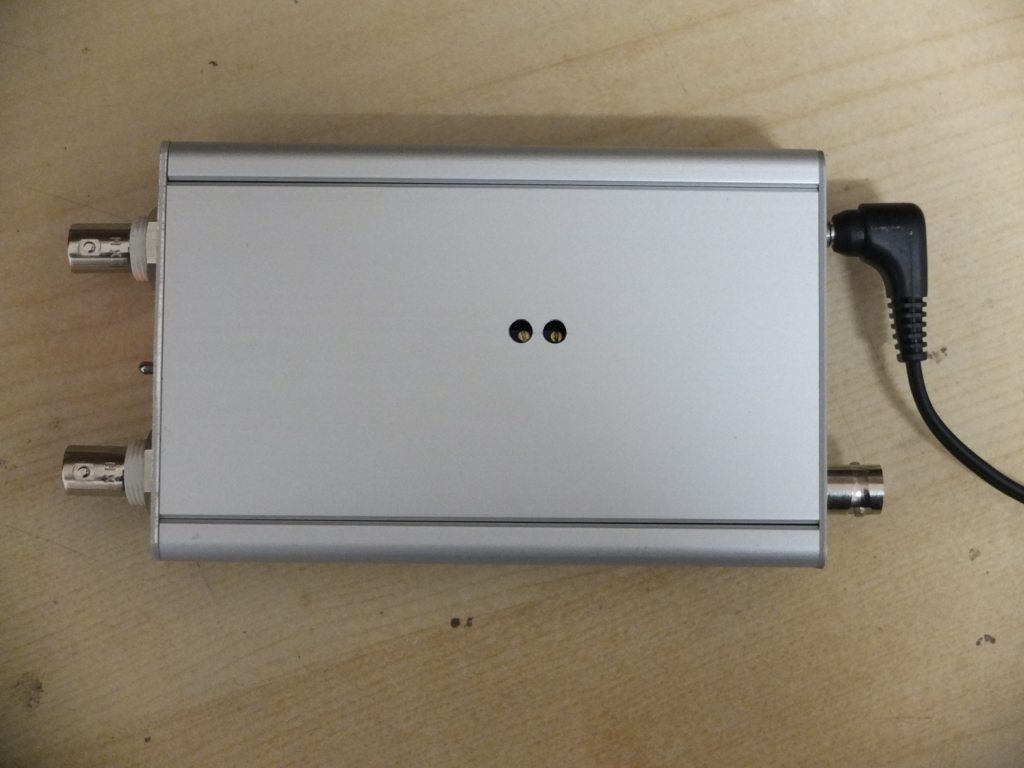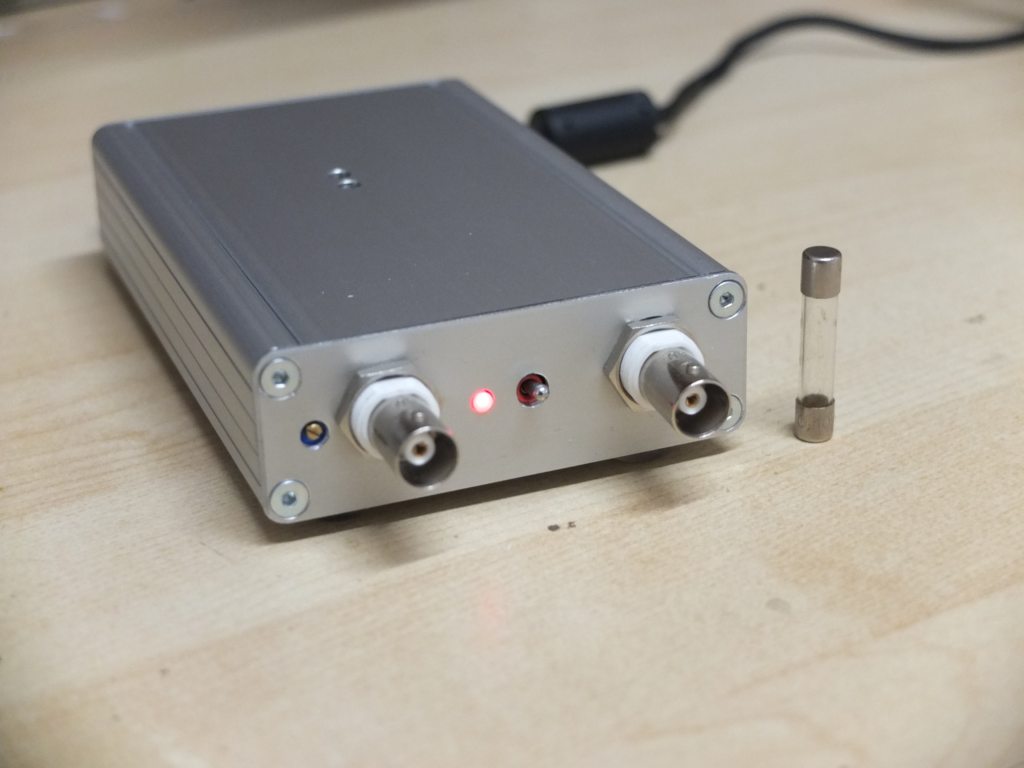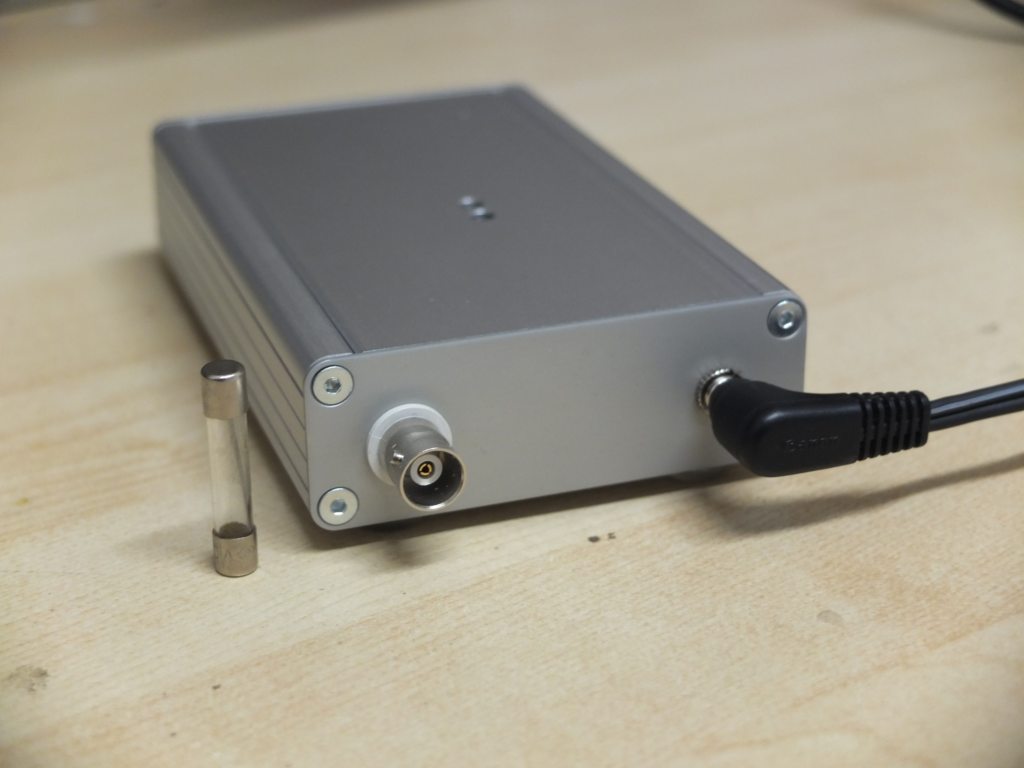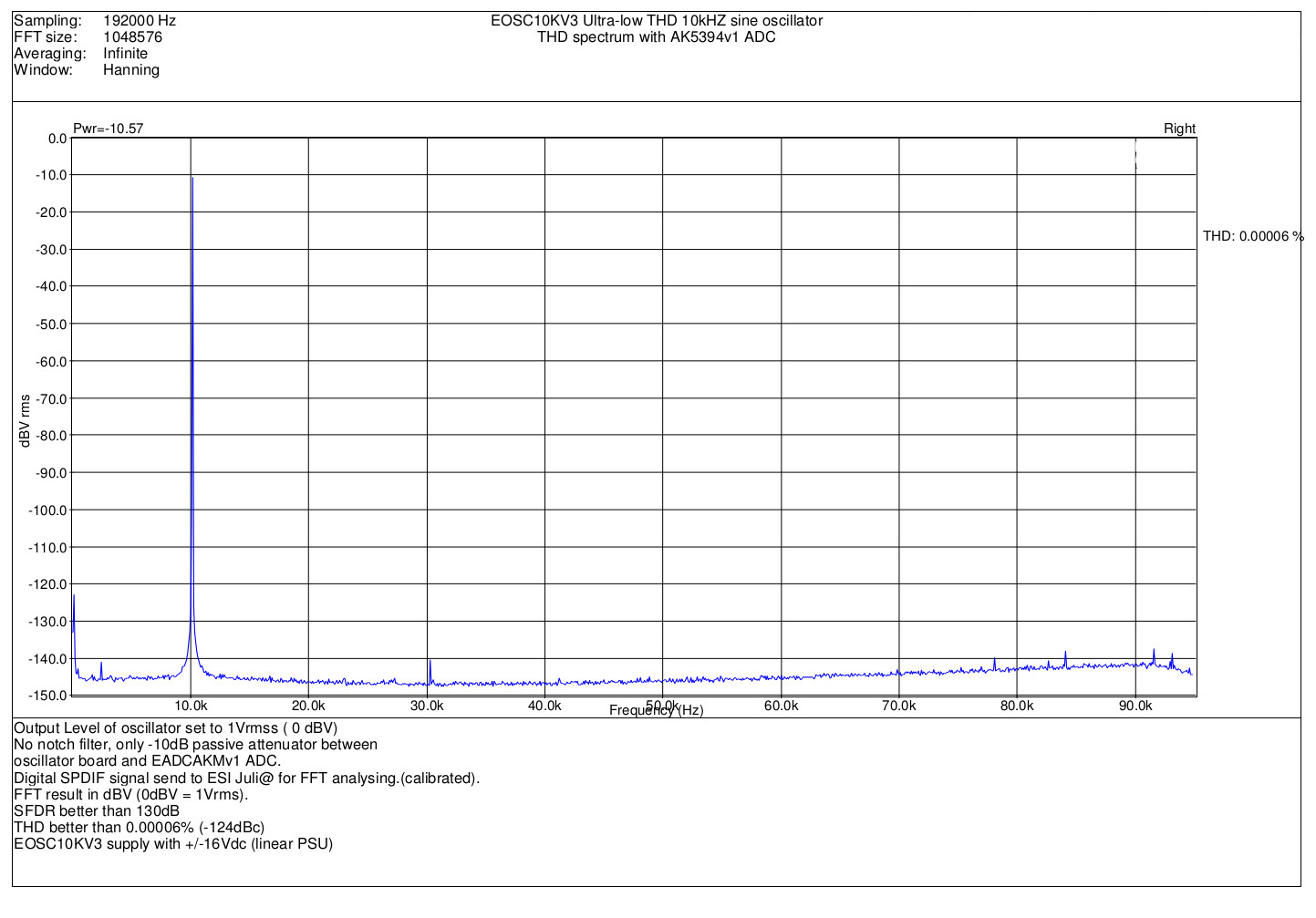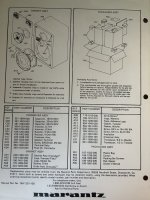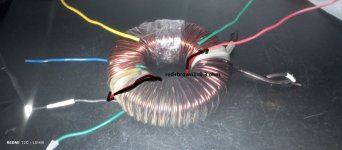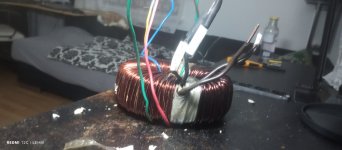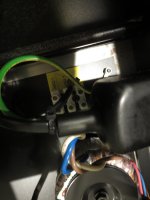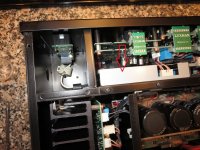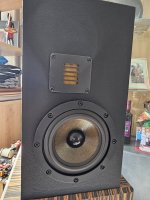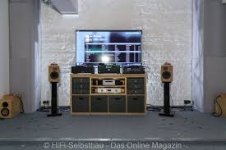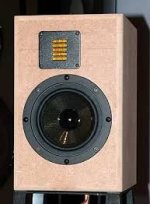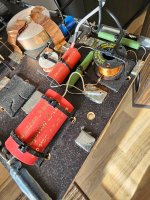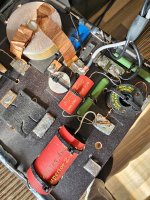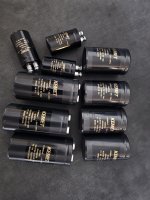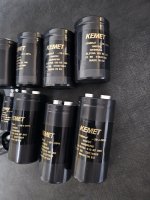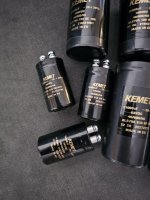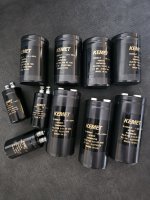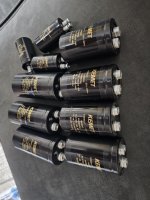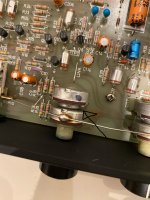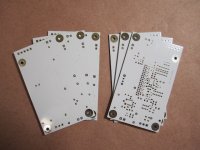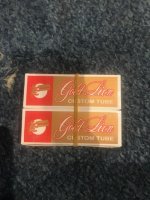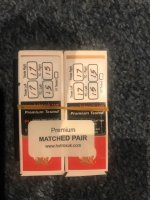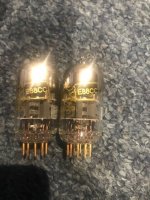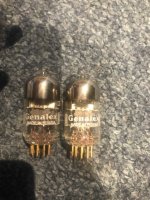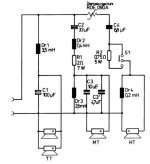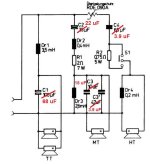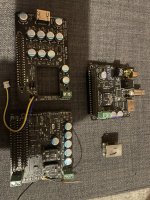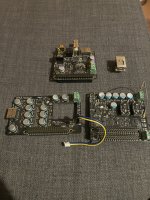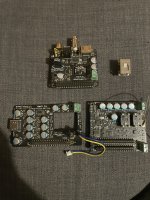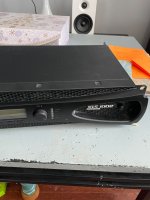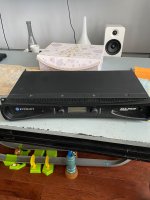First Build Beth.3
- Multi-Way
- 5 Replies
Hi everyone. I recently decided to try my hand at designing and building my own loudspeakers. I am about to assemble the cabinets for my design.
My first design is inspired by the Harbeth 40.3, hence the name. I had initially planned on making the Visaton Nimrod kit, but lack of subjective reviews made me hesitant. I built the Aviatrix MTM last month, and it sounded horrid on my desk.
Anyway, lets talk about the design:
HxWxD: 22"x12"10.5"
Material: 19mm Baltic Birch, Rear panel and bracing MDF.
Volume:~30L
Box: Dual Ported 5x20 cm or sealed (still unsure). 45 degree bevel for diffraction
Arrangement: TMW
Crossover: Active 3-way, using tinysine 7800B. Xo at 200hz (1st order electric), 2khz (2nd order LR). Replaced later with either passive XO or custom DSP & amp option. Time alignment and BSC using DSP.
Usage: Apartment Living room, mostly HT. Flexibility for bedroom type music listening in the future. Desired bass extension at least 40hz. SPL 85 dB at 3 meters. No subwoofer as that is staying in my bedroom and I don't need another 🙂.
It is a 3-way loudspeaker using the Visaton GF200, SB12CACS25-4, and SB26ADC with WG148 waveguide and adapter. I went for the SB12 because it was on sale at madisound and the SB ceramic line seems to be popular although I'm using the 4" in lieu of the 5. I plan on 3D printing a cylindrical enclosure with spherical back for the mid. About 1L of internal volume. I was able to get a pair of SB26ADCs on ebay for $80 and I snapped the GF200s from PE when I had still planned on making the Nimrod. I did a basic test by putting a sb12 and GRS RT1.0 in a carboard box and a GF200 in a second larger box (volume was only about 15L). It sounded better than my current SVS ultra bookshelves even in the ad hoc cabinet in which it was placed. MTW sounded better than TMW although that I suspect was due to the ribbon being above ear level in my test room.
Some questions I have:
Are there any glaring issues with this design based upon what I've detailed?
How do I do about designing bracing? Just put a bunch of fenestrated panels in and hope for the best?
Is there any benefit to using BB for the rear panel? A removable rear panel of MDF would allow me to iterate on the design with regards to ports/minor changes in volume. It would also be cheaper.
The WO24p-4 went on sale for almost the same price on madisound so I also snapped up a pair of those. Not sure if I should go with that instead of the GF200. Virtuixcad shows I can get much deeper extension with the WO24, but I'm not sure it matters given that it was not part of my design goal. I also have seen people say that the WO24 sounds good in midbass. Not sure how applicable that is given the low XO I'm using.
Harbeth uses rear mounted recessed drivers. I figured I could line up the acoustic center of the mid and woofer this way, without using a stepped baffle. Is this possible? How do I make a good chamfer?
I'm going to a workshop tomorrow to get the baffles and bracing CNC'd. I could get baffles for the GF200 and WO24 done for the same cost as 1 pair but that would mean wasting wood. It would also mean not having being able to test whether I prefer TMW or MTW.
Thank you for your help!
P.S. Yes, I do have a measurement mic.
My first design is inspired by the Harbeth 40.3, hence the name. I had initially planned on making the Visaton Nimrod kit, but lack of subjective reviews made me hesitant. I built the Aviatrix MTM last month, and it sounded horrid on my desk.
Anyway, lets talk about the design:
HxWxD: 22"x12"10.5"
Material: 19mm Baltic Birch, Rear panel and bracing MDF.
Volume:~30L
Box: Dual Ported 5x20 cm or sealed (still unsure). 45 degree bevel for diffraction
Arrangement: TMW
Crossover: Active 3-way, using tinysine 7800B. Xo at 200hz (1st order electric), 2khz (2nd order LR). Replaced later with either passive XO or custom DSP & amp option. Time alignment and BSC using DSP.
Usage: Apartment Living room, mostly HT. Flexibility for bedroom type music listening in the future. Desired bass extension at least 40hz. SPL 85 dB at 3 meters. No subwoofer as that is staying in my bedroom and I don't need another 🙂.
It is a 3-way loudspeaker using the Visaton GF200, SB12CACS25-4, and SB26ADC with WG148 waveguide and adapter. I went for the SB12 because it was on sale at madisound and the SB ceramic line seems to be popular although I'm using the 4" in lieu of the 5. I plan on 3D printing a cylindrical enclosure with spherical back for the mid. About 1L of internal volume. I was able to get a pair of SB26ADCs on ebay for $80 and I snapped the GF200s from PE when I had still planned on making the Nimrod. I did a basic test by putting a sb12 and GRS RT1.0 in a carboard box and a GF200 in a second larger box (volume was only about 15L). It sounded better than my current SVS ultra bookshelves even in the ad hoc cabinet in which it was placed. MTW sounded better than TMW although that I suspect was due to the ribbon being above ear level in my test room.
Some questions I have:
Are there any glaring issues with this design based upon what I've detailed?
How do I do about designing bracing? Just put a bunch of fenestrated panels in and hope for the best?
Is there any benefit to using BB for the rear panel? A removable rear panel of MDF would allow me to iterate on the design with regards to ports/minor changes in volume. It would also be cheaper.
The WO24p-4 went on sale for almost the same price on madisound so I also snapped up a pair of those. Not sure if I should go with that instead of the GF200. Virtuixcad shows I can get much deeper extension with the WO24, but I'm not sure it matters given that it was not part of my design goal. I also have seen people say that the WO24 sounds good in midbass. Not sure how applicable that is given the low XO I'm using.
Harbeth uses rear mounted recessed drivers. I figured I could line up the acoustic center of the mid and woofer this way, without using a stepped baffle. Is this possible? How do I make a good chamfer?
I'm going to a workshop tomorrow to get the baffles and bracing CNC'd. I could get baffles for the GF200 and WO24 done for the same cost as 1 pair but that would mean wasting wood. It would also mean not having being able to test whether I prefer TMW or MTW.
Thank you for your help!
P.S. Yes, I do have a measurement mic.
